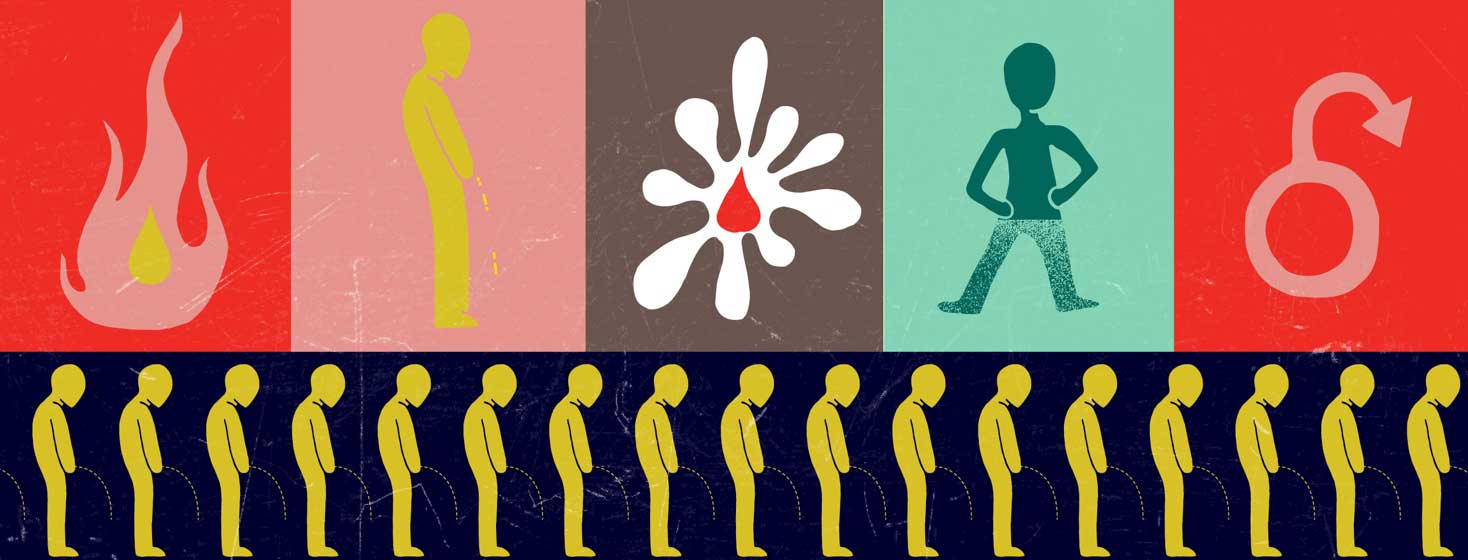A Metastatic Prostate Cancer Story: Stage 4, Part 1
After writing for this site for over a year, I realized that I’ve never completely shared my experience with stage IV metastatic prostate cancer. I hope more than anything that other men may learn something from me as I have learned something from them.
Early screening is key
Prostate cancer often comes with a multitude of symptoms and signs, some early on and some once the cancer has spread outside the prostate gland. While it's important to be aware of the symptoms, you can be proactive by getting an annual screening for prostate cancer (typically a PSA test and often the dreaded DRE), which is very important once a man reaches middle age. 50 is the general rule, but earlier for African American men and men who have a history of prostate cancer in their family.
What are the signs and symptoms?
The symptoms and signs of prostate cancer may include:1
- Frequent urination
- Weak or interrupted urine flow or the need to strain to empty the bladder
- The urge to urinate frequently at night
- Blood in the urine
- Blood in the seminal fluid
- New onset of erectile dysfunction
- Pain or burning during urination, which is much less common
- Discomfort or pain when sitting, caused by an enlarged prostate
If cancer has spread outside of the prostate gland, a man may experience:1
- Pain in the back, hips, thighs, shoulders, or other bones
- Swelling or fluid buildup in the legs or feet
- Unexplained weight loss
- Fatigue
- Change in bowel habits
At first, I ignored the warning signs
I learned some very important lessons by making some critically serious mistakes. One, I skipped an annual PSA test. And two, I ignored every single symptom I experienced. I committed a deadly comedy of errors that would come back to haunt me.
When I first started experiencing symptoms, I simply ignored them. (A mistake that occurs far too often.) I had most of the typical symptoms of prostate cancer: first, lower back pains, weight loss, and fatigue. Then not much later, difficulting urinating.
Painful urinating pushed me to talk to my doctor
Not only difficulty, but it was painful, I had to go often (mostly at night), a feeling of never completely emptying my bladder, and a sense of urgency when I did have to go. All classic symptoms. I got to the point where I’d lie on my side, lift one leg up against the wall and pee in a cup. One night I wasn’t sure if I could urinate at all. With pain and panic building, I started wondering if I’d have to call 911 or drive myself to the emergency room. Fortunately, I did eventually manage to relieve myself, but the scare did finally give me the impetus to call my doctor the next morning.
The moments leading up to my diagnosis
So on a Friday afternoon, I met with my doctor, had blood drawn for labs, and got a prescription for tamsulosin, which almost immediately relieved all my pee problems. I had to wait over the weekend for the lab results.
When all my results except for the PSA appeared in the web portal on Saturday, I could only assume (correctly) that my doctor didn’t want me to see my PSA results without talking to me first. That would be the call I’d receive on Monday.
Editor’s Note: We are extremely saddened to say that on September 19, 2021, Doug Sparling passed away. Doug’s advocacy efforts and writing continue to reach many. He will be deeply missed.

Join the conversation